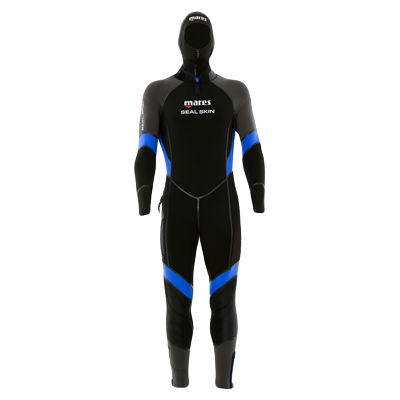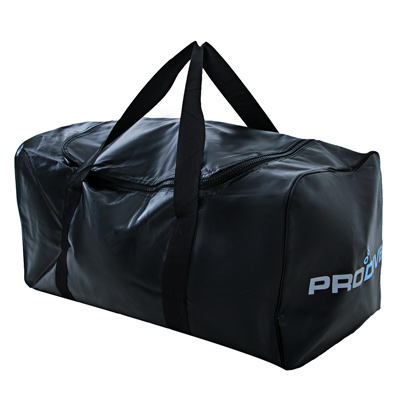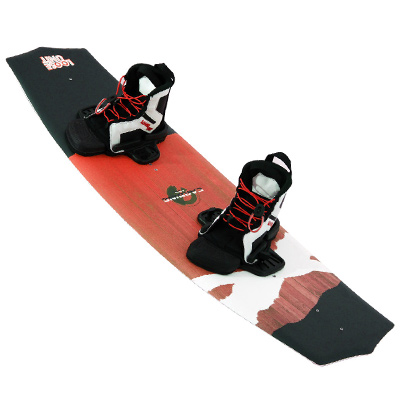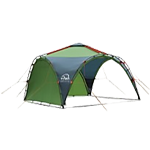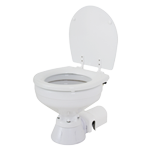-
Shop our Range
▼
-
Deals & Promotions
►
Featured Deals & Promotions
-
Fishing
►
Featured Fishing Categories
-
Boating
►
Featured Boating Categories
-
Marine Electronics
►
Featured Marine Electronics Categories
-
Diving & Snorkeling
►
Featured Diving & Snorkeling Categories
-
Watersports
►
Featured Watersports Categories
-
Apparel
►
Featured Apparel Categories
-
Camping & Hiking
►
Featured Camping & Hiking Categories
-
RV & Motorhomes
►
Featured RV & Motorhomes Categories
-
Hunting
►
Featured Hunting Categories
- Cool Stuff ►
- Shop By Brand
-
Deals & Promotions
►
-
How Can We Help You?
Give Us A Call 1800 154 713
Or get us to call you... request a call back
- Australia's Fastest Delivery with TGE Courier
- Free Delivery on orders over $199* Metro only. T&Cs Apply.
- Full Warranty And No Worries Returns We'll refund, repair or replace
- Insanely Easy Returns via ParcelPoint 1500+ locations Australia-wide
- Lowest Price Guarantee Find a lower price, we'll match it or we can do better!
- Massive Range 21,000+ products in stock ready to ship!
- AfterPay Shop Now. Pay Later.
The item you're looking at is currently unavailable or has limited stock, how about this one instead?

GME AIST120 AIS Transceiver with Internal GPS Antenna - Class B
Why pay
$1,069.00
ONLY
$1,019.00
SAVE
$50.00!
- Details
-
Details
High performance class B AIS Transceiver
The Raymarine AIS700 Class B AIS Transceiver with Antenna Splitter is a Class B Automatic Identification System (AIS) transceiver designed for use with Raymarine multifunction navigation display systems. As a Class B AIS transceiver, the AIS700 not only receives broadcasts from other vessels, it also transmits your own boat's information too helping you to be seen on other vessels' systems.
Raymarine AIS700 Class B AIS Transceiver with Antenna Splitter Features:
- Full transmit and receive AIS for enhanced situational
awareness and safety
- Latest SO-TDMA networking for longer range and faster
performance
- Built-in antenna splitter simplifies installation with existing
VHF radio antenna*
- NMEA2000, NMEA0183, PC (setup & diagnostics) and SeaTalkng
compatible.
- Software or hardware switchable Silent Mode for enhanced
security when needed
Raymarine AIS700 Class B AIS Transceiver with Antenna Splitter Specifications:
Environmental
- Operating temperature: -15°C to +55°C
- Storage temperature: -20°C to +75°C
- Water ingress: IPX6 and IPX7
- Humidity: Up to 93% @ 40°C
Power
- Power Supply: 12v and 24 nominal
- Power Consumption: <3W
- Peak current: 3A
- Load Equivalency Number: 1 LEN
RF
- DSC Receiver: Implemented by time sharing with one TDMA
receiver
- Receiver 1 band: 156.025 MHz to 162.025 MHz (in 25KHz
steps)
- Receiver 2 band: 156.025 MHz to 162.025 MHz (in 25KHz
steps)
- Transmitter band: 156.025 MHz to 162.025 MHz (in 25KHz
steps)
- Transmitter specification: To meet IEC 62287-2 relevant
sections
- Receiver specification: To meet IEC 62287-2 relevant
sections
- Transceiver specification: To meet IEC 62287-2 relevant
sections
- GPS receiver: u-blox MAX-M8W
- GPS receiver channels: 72 channels
- GPS Cold start acquisition time: 26s nominal
- Positional source: GPS & GLONASS
- AIS performance: 5W SOTDMA
Antenna Splitter
- Operating frequency range: 156.0MHz to 162.025MHz Transmitting
| 156.0MHz to 162.025MHz Receiving
- Insertion loss AIS RX path: 0dB
- Insertion loss AIS TX path: <1dB
- Insertion loss VHF RX path: 0dB
- Insertion loss VHF TX path: <1dB
- Power handling AIS port: Maximum 5W input
- Power handling VHF port: 25W input
- Switching time RX to VHF TX: 10uS Max
- Switching time RX to AIS TX: 10uS Max
- Switching time VHF TX to AIS TX: 10uS Max
- Switching time any TX to RX: 10uS Max
- VHF port impedance: 50 Ohms
- AIS port impedance: 50 Ohms
- Antenna port impedance: 50 Ohms
- VHF to AIS port isolation: >28dB (both directions)
- Minimum VHF input power for switching: 400mW
*To share a VHF antenna, the aerial should meet the following requirements (nominally tuned to 159MHz): - Frequency Band: 156.025 MHz to 162.025 MHz
- VSWR (Voltage Standing Wave Radio): Should not exceed
2:1
- Impedance: 50 Ohm
- Gain: 3dBi Max
- Connector: PL-259
External Connections
- VHF antenna connector type: SO-239 co-axial
- VHF radio connector type: SO-239 co-axial
- GNSS antenna connector: 50Ω TNC co-axial
- NMEA2000: DeviceNet male
- USB: Micro-B
- External interface isolation: NMEA0183 and NMEA 2000 interfaces
to incorporate galvanic isolation from power supply as required by
the relevant interface specification
- NMEA0183 interface 1 (MFD connection): NMEA 0183 HS (IEC
61162-1) compliant, bi-directional, RS422 levels. 4 wire interface
(differential signalling). Configurable baud rate. Input to MFD
from AIS.
- NMEA0183 interface 2 (NMEA0183 instrument connection): NMEA
0183 (IEC 61162-1) compliant, bi-directional, RS422 levels. 4 wire
interface (differential signalling). 4 wire interface (differential
signalling) Configurable baud rate
- USB interface (PC connection): Protocol NMEA 0183 HS (IEC
61162-1) compliant, bi-directional USB port, 38.4 kBaud
What's in the Box:
- AIS700 Class B AIS Transceiver with built-in VHF antenna
splitter
- GNSS (GPS) Antenna with captive cable 10m (33 ft)
- Power / data cable 2m (6.56 ft)
- VHF Radio cable 1m (3.28 ft)
- DeviceNet to SeaTalkng adaptor cable 1m (3.28 ft)
- GNSS antenna gasket
- GNSS antenna pole mount
- Unit fixings (4 x No.8x19 self tapping screws)
- M5 nut and washer (grounding)
- Documentation kit
- GNSS antenna fixings (3 x M3x40 stud and thumb nut)
- Software CD
- Full transmit and receive AIS for enhanced situational
awareness and safety
Products You Recently Viewed
-
Raymarine AIS700 Class B AIS Transceiver with Antenna Splitter
 ONLY $2,539.00
ONLY $2,539.00Ships Feb 17 - Mar 17























